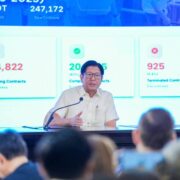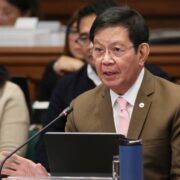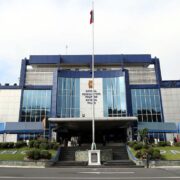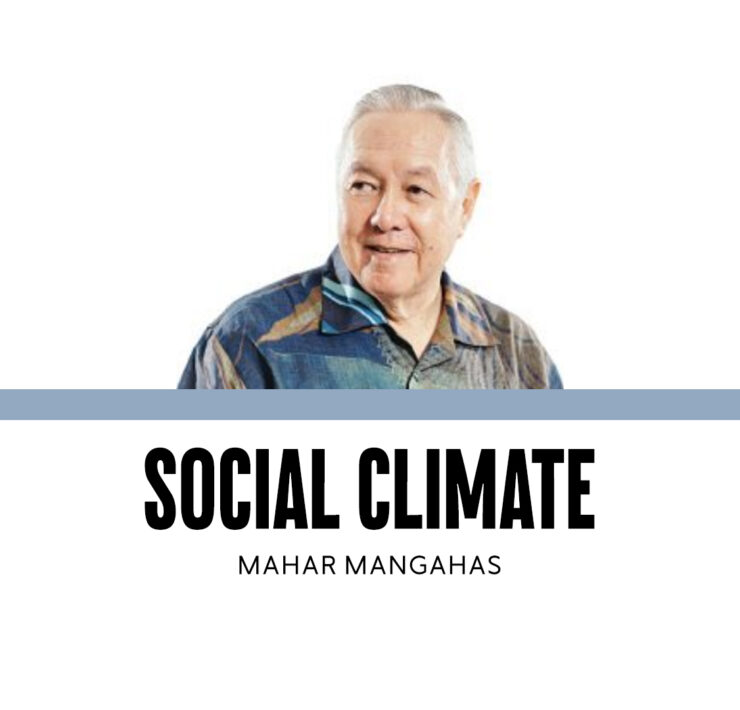Left out of Asean trade deals

United States President Donald Trump marked his whirlwind trip to Malaysia for the Association of Southeast Asian Nations (Asean) leaders’ summit with the signing of trade agreements with Malaysia and Cambodia and frameworks for similar deals with Thailand and Vietnam, all initially praised as positive news for these economies that rely heavily on exports to the world’s largest economy.
Thus, the immediate questions posed on President Marcos’ economic and diplomatic team were, where was the Philippines in all this? Why did it not enter into similar “historic” deals when the country had been described as the US’ “strongest, closest, most reliable ally” in the region?
Given that the US had taken great pains to declare that it had an “ironclad” relationship with the Philippines, especially amid China’s expansionist stance in the region that threatens freedom of navigation in the busy South China Sea, the silence on the state of the Philippines’ own trade negotiations with its primary economic partner was indeed deafening.
After all, it has been more than three months since the US imposed a 19-percent tariff on almost all Filipino exports, save for some specific exemptions as the Trump administration continues to use tariffs as a blunt instrument to close what it perceives to be unfair trade gaps with partner nations, including the Philippines.
Measured approach
This was a 1-percentage point reduction from the original “reciprocal tariff” of 20 percent that Mr. Marcos secured after the Philippines agreed to the duty-free entry of American products such as automobiles.
Mr. Marcos said on the sidelines of the Asia-Pacific Economic Cooperation meeting in Busan, South Korea that Trade Secretary Cristina Roque and Special Assistant to the President for Investment and Economic Affairs Secretary Frederick Go were “still in the middle of negotiations in terms of the tariff schedule that Americans have put up.”
That measured approach is turning out to be the right one as the trade deals earlier struck by Trump with these neighboring countries are now being increasingly criticized for lack of details and heavy concessions given to the US.
The “one-sided” deals carry “clear costs and vague benefits for Southeast Asia,” Bloomberg Economics’ Tamara Henderson and Adam Farrar wrote in a note quoted in a Bloomberg report. “The agreements seem set to roll back tariffs and regulations on US goods coming into Southeast Asia—a threat to domestic industry already feeling the squeeze from broad US trade tariffs.”
Largest export market
Go pointed out that Cambodia, for example, is opening up “100 percent of its country to US food and agricultural and industrial products,” a step that the Philippines was not about to take to “protect several industries in the Philippines,” particularly rice, corn, sugar, and poultry.
Thailand, on the other hand, agreed to lift tariffs on nearly all American goods coming into its market and has also committed to purchase $18.8 billion worth of American products including 80 aircraft and a wide range of agricultural products such as corn feed and soy meal as well as energy supplies such as liquefied petroleum gas.
That should not, however, excuse the country’s trade negotiators from altogether giving up on a favorable trade deal with the US as it is far too important to the Philippine economy, being the country’s largest export market.
Last year alone, the Philippines exported $12.14 billion worth of products to the US, accounting for close to 17 percent of the total receipts, according to the Philippine Statistics Authority.
Agree to disagree
But as it does so, the Marcos administration should also actively cultivate closer ties with other partners, including China, which despite the tense relationship because of increasingly aggressive actions in the West Philippine Sea is consistently among the country’s top sources of imports that reached $34.5 billion in 2024, dwarfing the $8.85 billion worth of imports from the US.
Thus it is encouraging that the Philippines is working to “redefine” its relationship with China that extends far beyond security and territorial concerns, with Mr. Marcos saying that there is a “huge possibility for trade, exchanges,” and other engagements between the two countries.
“So, I would very much like to say, all right, we disagree, we agree to disagree, now let’s do other things,” said Mr. Marcos, who witnessed the signing of the Asean-China Free Trade Area 3.0 upgrade that will expand Asean-China cooperation, thus hopefully benefiting the Philippines.
With the country’s economic growth being dampened by corruption scandals, slowdown in infrastructure spending, and external headwinds, it has become more urgent for the Marcos administration to extract as much value as possible from these current and future trade deals with partners including the US and China.
But it should also not be too desperate or else it may end up giving up too much for far too little gain in the long run.





















Labeling AI-generated content